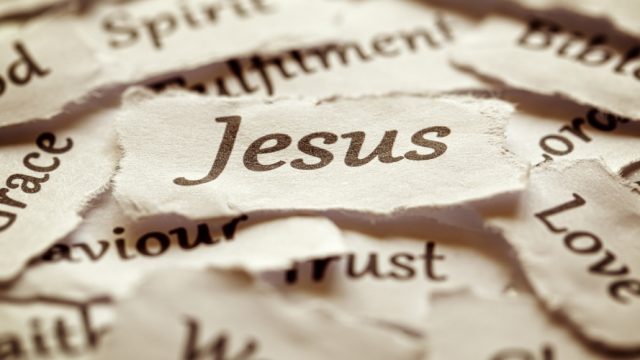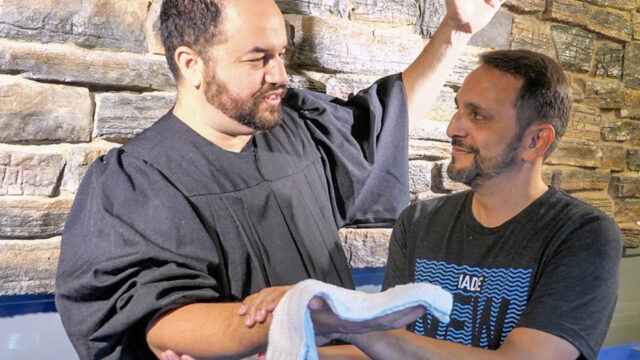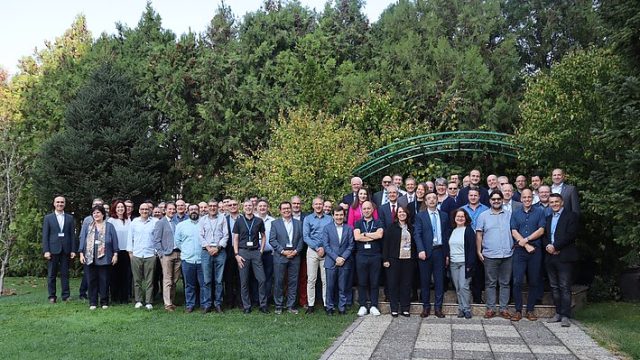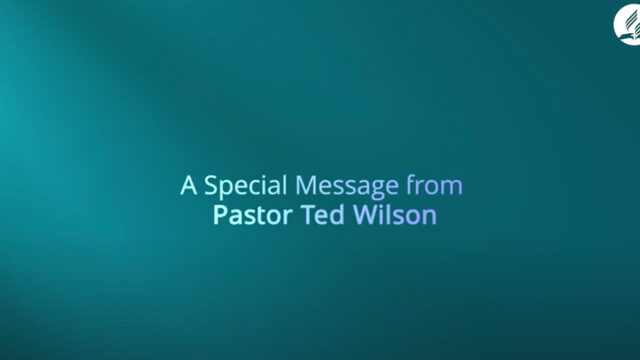How I became a first-generation Adventist

I was fortunate to be raised in an Adventist home, where faith worked effectively. God was palpably real and the fruits of following God were positive and inspiring. As a result, shortly after my sixteenth birthday I was baptized as a Seventh-day Adventist.
The following summer I asked myself: Is this my faith, or is it Mommy’s and Daddy’s? I had never made such a distinction before. How was I to answer this question? What if I came to a different conclusion than my parents? How might that change our relationship?
THE INQUIRY BEGINS
In order to forge my own faith, I felt I needed to work alone, directly with God, and face the risks. Many Christians claim biblical support for their faith. How could I know whose view of Scripture was correct?
As I pondered these questions, I reasoned that if God is the same yesterday, today, and tomorrow (Heb. 13:8), He would be consistent with Himself. He would not self-contradict. If He had a church on earth, its teachings should generally cohere without significant internal contradictions.
SURVEYING VARIOUS FAITHS
Over the next few months I checked out library books about various Christian faiths. Since I knew Adventism intimately, I first looked to see how accurately they treated Adventists. This would tell me how accurately they described other denominations’ beliefs.
As I studied, some things began to stand out. For example, I noted that some denominations emphasized divine predestination as the foundation for personal salvation. Predestination, however, seemed to conflict with the concept of free will found in Scripture. How could I have freedom of choice if God is the sole determiner of my salvation?
Others seemed to fixate on the cross and the freeness of salvation to the point that they could not adequately handle the moral imperatives and necessity of obedience found even in the New Testament. By contrast, Adventist doctrines seemed to complement each other and fit together without significant tensions in these areas.
One of the bigger tensions was the conflict between declaring God as loving and just, then teaching that He tortures sinners in hell for eternity. Infinite punishment for finite crimes seemed unjust, and various attempts to address that tension proved inadequate.
In the end I felt that various Protestant faiths contained significant internal contradictions, while Adventist doctrines cohered across such issues.
OUR ROMAN CATHOLIC FRIENDS
What about Roman Catholicism?
It seemed the Roman faith placed more emphasis on the sovereign, imperial aspects of God than on His grace and love. This was evidenced by the role of the virgin Mary in such practices as saying the rosary, and in her mediatorial role between praying believers and Christ. It made Christ appear unapproachable.
Since love and grace seemed secondary to God’s sovereignty, there was a lower level of inner contradiction, including the Roman Catholic doctrine of hell, than I had observed in Protestantism.
At the same time, Catholicism’s high priority on the imperial sovereignty of God placed asking questions about God’s justice, especially related to eternal torture, outside the arena of genuine inquiry. Those who cannot question such things are ill-equipped to seriously consider possible conflicts between doctrines.
As I examined the Roman Catholic faith, I saw how the concept of an immortal soul not only required teaching burning forever in hell, but this human doctrine enabled the possibility of purgatory and its suffering, softened by its second-chance theology.
The doctrine of the immortal soul provided for the veneration of, and prayers to, the saints. It seemed that more than any other doctrine, Catholicism turns on the immortality of the soul.1 Its doctrines of humanity, God, judgment, purgatorial penance, and hell rested on this teaching.
The idea of suffering for purification in purgatory seemed a natural extension of penance and indulgences for one’s salvation. Death was not the close of personal probation before God as stated in Hebrews 9:27.
This penance-based system of forgiveness seemed to cheapen the view of sin. When I declined invitations from some of my childhood Catholic friends to some event that conflicted with my Adventist faith (often on Sabbath), they would ask why I could not get permission from my priest to attend.
Some sins seemed excusable if you were willing to pay the price in penance and purgatory. And since in their view one goes to heaven, hell, or purgatory, judgment must occur immediately at death, which effectively eliminated the need of the end-time judgment repeatedly depicted in Scripture.
In view of their doctrine on the immortality of the soul, the Second Coming seemed more about Christ taking over a geopolitical kingdom established by the church on earth than being the great hope of salvation for believers.2
The inner coherence in such doctrinal clusters was more than evident. Thus I found Roman Catholicism to be the most internally consistent Christian faith outside of Adventism.
As I pondered the Adventist faith, I found an inner consistency within its doctrinal system. The unconscious state of the dead fits well with a single, end-time “day” of judgment seen in both the Old and New Testaments.
This judgment is evidence-based, represented by the open books described in Daniel 7. And, with our understanding of the all-consuming nature of hell, divine punishment is proportional to the offenses committed, “each person according to what they have done” (see Matt. 16:27; 2 Cor. 5:10; Rev. 22:12). The whole package fits well, both with the claim that God is just and fair and with the concept of God’s love. Furthermore, accountability to God lays the foundation for grace and the need of salvation (Rom. 3:19-24).
Ellen White testified to this doctrinal coherence: “The subject of the [heavenly] sanctuary was the key which unlocked the mystery of the disappointment of 1844. It opened to view a complete system of truth, connected and harmonious, showing that God’s hand had directed the great Advent movement.”3
INFORMED CONCLUSIONS
Through this process of seeking, I concluded that if God had a church on earth, it must be either the Roman Catholic Church or the Seventh-day Adventist Church. What (or who) would be the most reliable authority I could consult to make this decision?
The Bible consistently communicated the same thing each time I read it. And since both denominations profess that this book is inspired by God, I felt the Bible would be the best tool on which to base my decision.
Following Scripture as my spiritual authority resulted in too many conflicts between it and Catholic teachings, such as the doctrines of hell, judgment, atonement, and Mary’s intercession.
Thus through Scripture, supplemented by my parents’ attractive example, I concluded that my best choice was the Seventh-day Adventist Church. It is no longer my parents’ faith; it is my faith, forged by seeking God for myself through His Word. I am no longer a third-generation Adventist. I am a first-generation Adventist. As Ellen White observed: “In searching the Scriptures for yourself, you will become established in the faith.”4
Forging our own living faith transforms us all into first-generation believers, as it did for me.
¹ When I was a young pastor, this point became real in evangelistic work involving Roman Catholics. Refuting the immortality of the soul undermines key components of the Catholic faith. Mary’s role in salvation and prayer is undermined. Purgatory andå the emotional hope of a second chance for deceased loved ones (or for oneself) is gone. Prayers to the saints become meaningless. This can be quite traumatic for pious Catholics. Knowing this, one must exercise great sensitivity when sharing biblical truths with such friends.
² Later in life, when I was reading the writings of Ellen G. White, this statement caught my eye: “Through the two great errors, the immortality of the soul and Sunday sacredness, Satan will bring the people under his deceptions” (The Great Controversy[Mountain View, Calif.: Pacific Press Pub. Assn., 1911], p. 588).
³ Ibid., p. 423. (Italics supplied.)
⁴ Ellen G. White, Ye Shall Receive Power (Hagerstown, Md.: Review and Herald Pub. Assn., 1995), p. 113.








